Processing of Sago (The Staple Food of Maluku People)
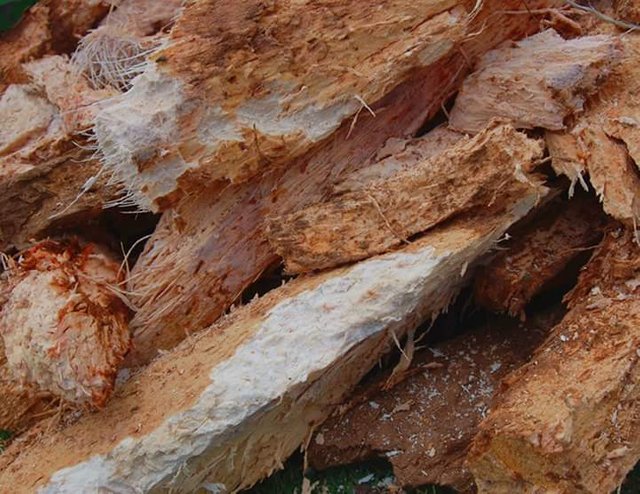
Sago is flour or processed which is obtained from the processing of the rumbia stem terrace or "sago tree" (Metroxylon sagu). Sago flour has physical characteristics similar to tapioca flour. In recipes, sago flour which is relatively difficult to obtain is often replaced with tapioca flour so that the name is often exchanged, even though the two flour is different.
Sago is a staple food for people in Maluku and Papua who live on the coast. Sago is eaten in the form of papeda, a kind of porridge, or in other preparations. Sago itself is sold as bulk flour or compacted and packed with banana leaves. In addition, currently sago is also processed into noodles.
As a source of carbohydrates, sago is unique because it is produced in swamp areas (natural habitat for rumbia). This condition has its own ecological advantages, even though it is economically less profitable (making distribution difficult).
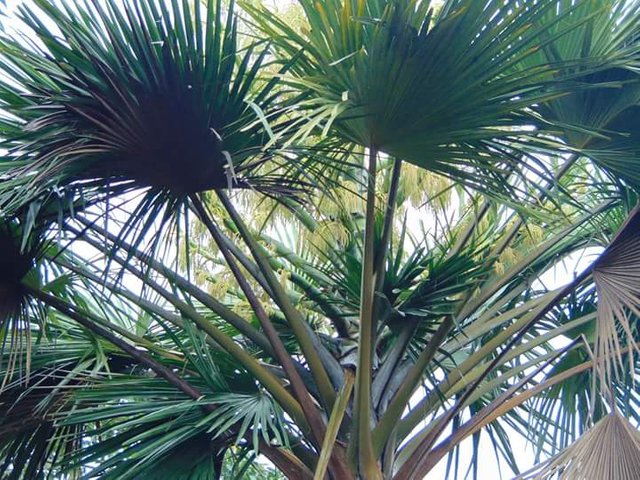
Sago is harvested with the following stages:
🔸 The sago tree is demolished and cut until the stem remains.
AtangThe bar is split lengthwise so that the inside is open.
🔸The core of the stem is chopped and taken.
The stem trunks taken are then mashed and filtered.
🔸 The filter results are washed and the mixture is taken.
Starch is processed to make flour or packed with banana leaves (called "basong" in Kendari).

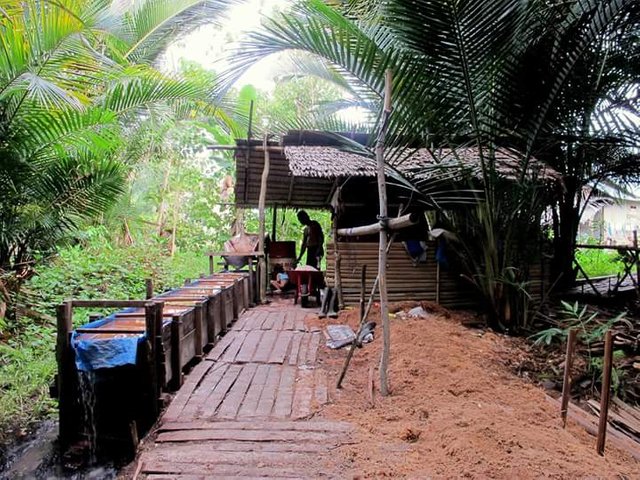
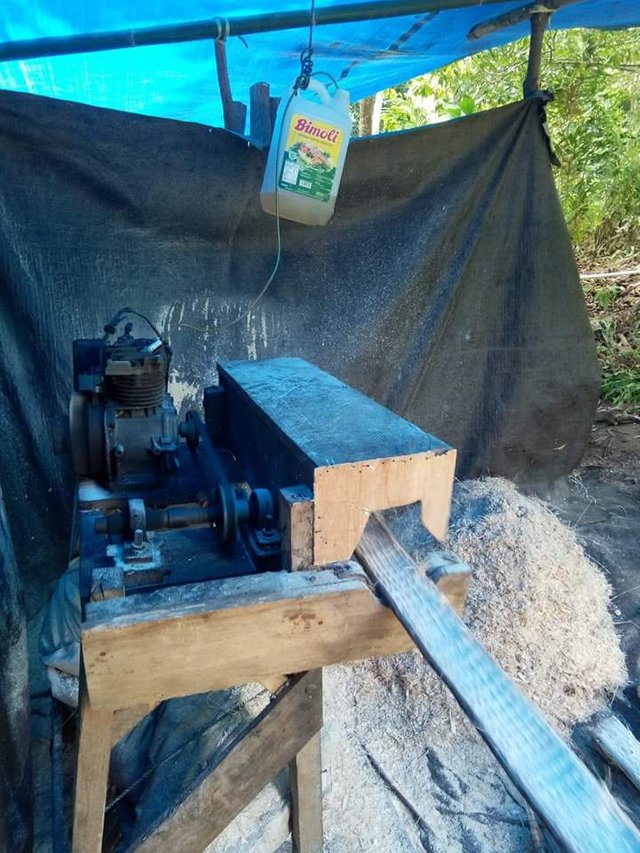
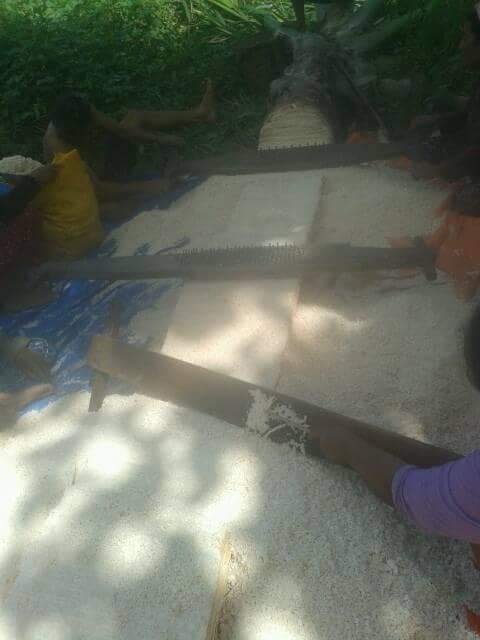
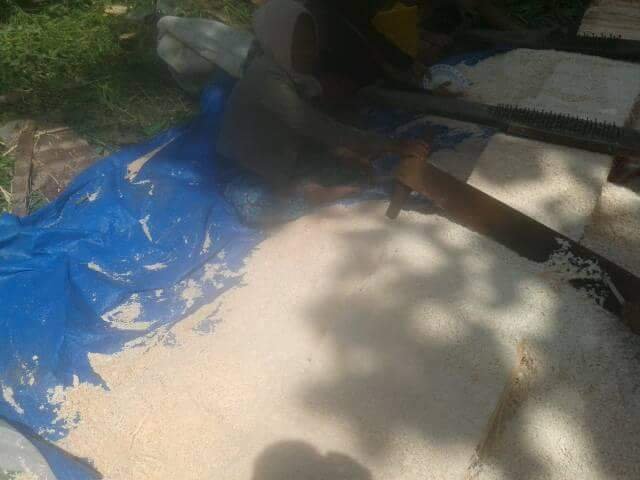
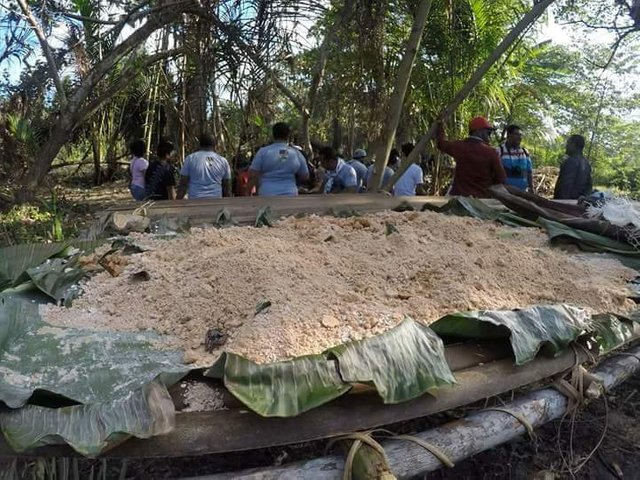
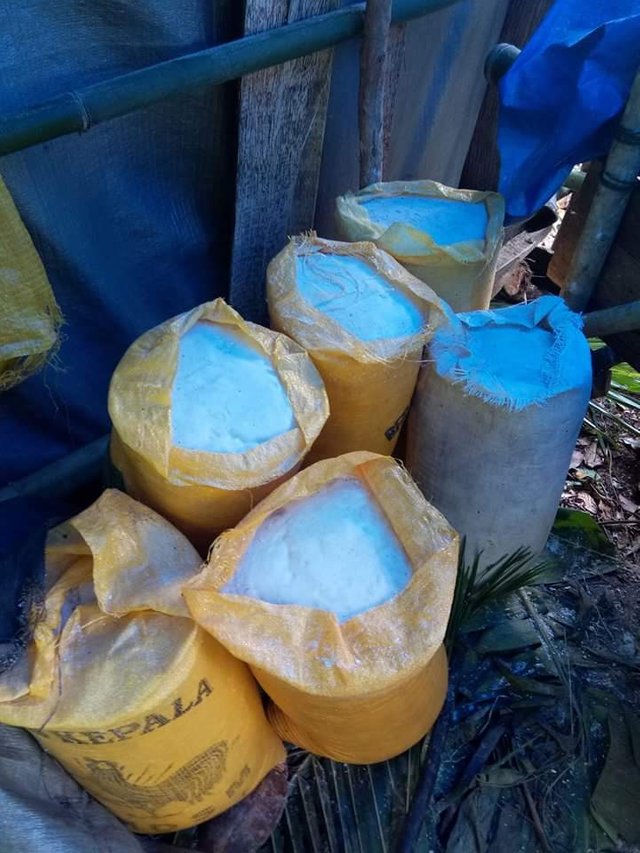
Sago trees can grow to as high as 20 m, even 30 m. From one tree 150 to 300 kg of starch can be produced. A survey in Kendari District showed that to process two sago trees, 4 people needed to work for 6 days. Sago plants can act as environmental safeguards because they can absorb carbon dioxide gas emissions from swamp and peat soil into the air.
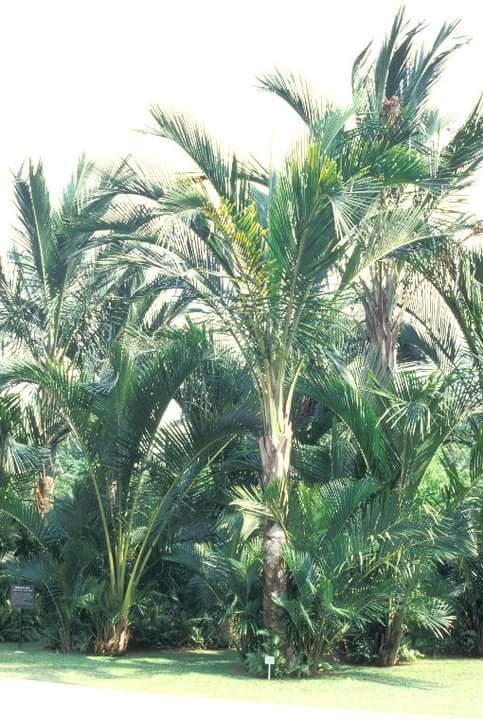
Posted from my blog with SteemPress : http://sabatino.epizy.com/wp/2018/08/28/processing-of-sago-the-staple-food-of-maluku-people/